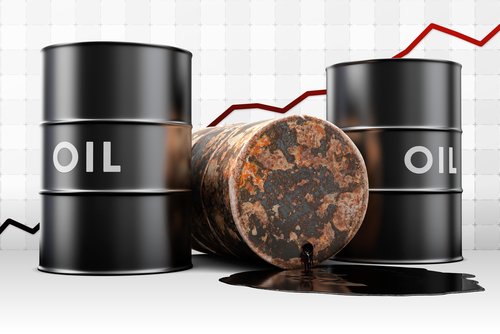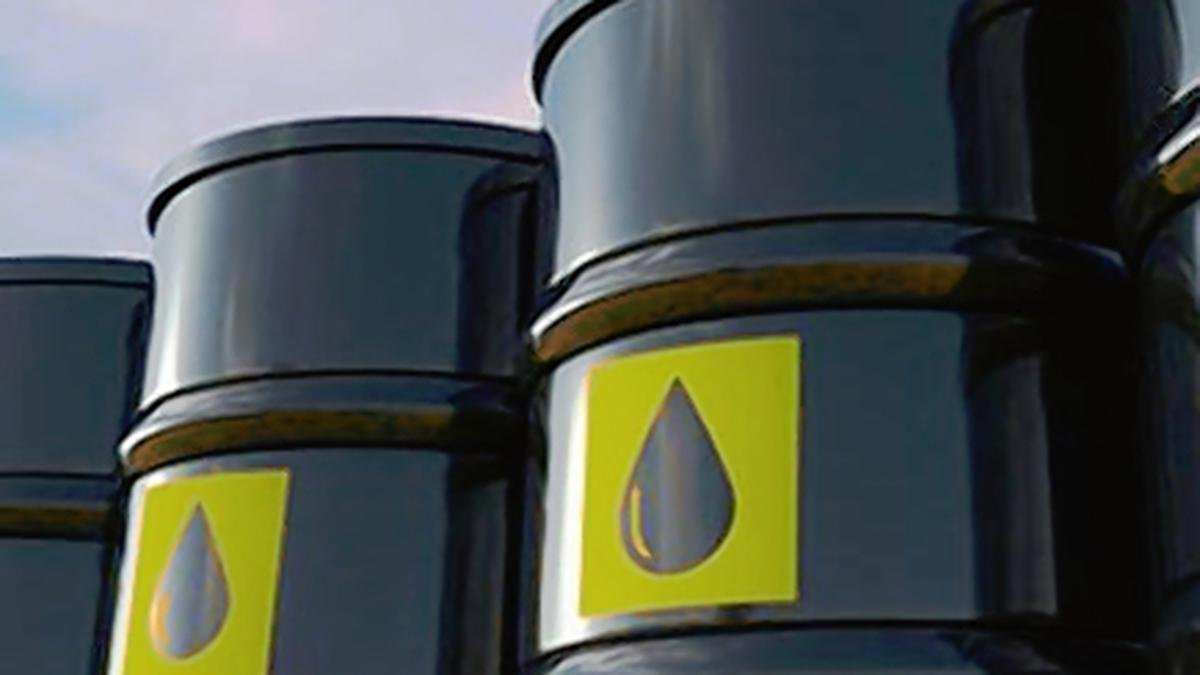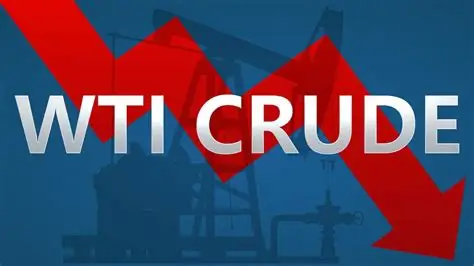WTI Crude Dips Below $62 as Trump-Zelenskiy Talks and Geopolitical Developments Loom
West Texas Intermediate (WTI) crude oil dipped below $62.00 during Monday’s Asian session, trading at about $61.80 as investors took a wait-and-see stance before US President Donald Trump meets Ukrainian President Volodymyr Zelenskiy. Trump indicated he would push Zelenskiy to agree a rapid peace treaty with Russia, which may involve Ukraine giving up territory, that would transform the geopolitics and energy landscape. Investors also await possible US-Russian cooperation over Arctic oil drilling, which would unlock immense untapped oil and gas reserves. Additionally, anticipation for September Federal Reserve rate-cut continues to impact dollar dynamics and oil sentiment. KEY LOOKOUTS • Markets look for clarity on whether the US is putting pressure on Ukraine towards a speedy peace agreement with Russia, possibly reshaping geopolitical risk. • Any escalation or ceasefire could have a direct impact on WTI prices, with peace negotiations likely bearing down on oil and tensions providing support. • Speculation over shared drilling efforts in the Arctic can fundamentally transform global supply dynamics. • Increasing hopes of a September rate cut might soften the US Dollar, possibly boosting USD-denominated commodities such as crude oil. WTI crude oil prices retreated below $62.00 in Monday’s Asian session as speculators became risk-averse in anticipation of the highly awaited summit between US President Donald Trump and Ukrainian President Volodymyr Zelenskiy. Trump’s comments that Ukraine might end the war within a short time by giving away territory to Russia put extra pressure on the market, while speculation over potential US-Russia cooperation in the energy field in the Arctic increased fears of future oil supply. Meanwhile, expectations of the Federal Reserve cutting interest rates in September are driving currency markets, as a softer US Dollar has the potential to offer some support to crude prices. WTI crude fell below $62.00 as market players waited for the result of Trump-Zelenskiy negotiations, with geopolitical uncertainty keeping sentiment down. Suggestons of US-Russia cooperation in the Arctic energy sphere and prospects for Fed rate cuts contributed to oil market uncertainty. • WTI crude falls below $62.00, last trading around $61.80 during Monday’s Asian session. • Market players take wait-and-see approach before Trump-Zelenskiy meeting that can determine the direction of the Russia-Ukraine war. • Trump indicates bid for rapid peace agreement, potentially with Ukraine giving up land to Russia. • Geopolitical tensions remain paramount, and a hike is likely to underpin oil prices, whereas a ceasefire might put pressure on them downward. • Speculation mounts regarding US-Russia collaboration on Arctic drilling, which might tap into huge untapped reserves of oil and gas. • Bank of America issues warning of a possible energy bear market if Arctic resources are tapped on a massive scale. • Expectations of a Fed rate cut increase, with a 93% probability of a September cut, providing support for dollar-denominated commodities. WTI crude oil remains in the limelight as world traders focus on Donald Trump’s meeting with Ukrainian President Volodymyr Zelenskiy. Trump has indicated he will press for a swift resolution to the war, even suggesting that Ukraine could end the conflict by conceding territory to Russia. This has heightened anticipation around the talks, as any outcome could reshape not only the geopolitical landscape but also influence how markets perceive stability in the region. WTI CRUDE OIL DAILY PRICE CHART SOURCE: TradingView Outside of the immediate confrontation, eyes are also focused on the longer-term implications of possible US-Russian cooperation on Arctic oil and gas reserves. They have been reported to be capable of unlocking major deposits of oil and natural gas, fueling a debate over future global energy policies. Simultaneously, changes in US monetary policy are under the spotlight, with speculations that the Federal Reserve might reduce interest rates during September, a step that can indirectly influence commodity prices by impacting the US Dollar strength. TECHNICAL ANALYSIS WTI crude oil comes under pressure after it fell below the $62.00 level, and the immediate support remains around the $61.50–61.30 region where buyers might try to hold ground. A decisive fall below this level would open the way towards the $60.80–60.50 zone. To the upside, initial resistance is clustered around $62.50, with a more significant barrier near $63.20, where prolonged purchasing energy would be needed to validate the comeback. Momentum indicators are currently leaning cautiously bearish, indicating that traders are waiting for decisive signals from geopolitical events before taking significant positions. FORECAST If the Trump-Zelenskiy summit does not bring about progress or portends more geopolitical tensions, WTI prices may receive solid support as investors turn to energy assets for a safe haven. Progress in the Russia-Ukraine conflict or indications of greater US-Russia cooperation in Arctic energy projects would contribute to uncertainty in the markets, imposing upward pressure on crude. Expectations of Federal Reserve rate cuts may also undermine the US Dollar, which would make oil more appealing to foreign consumers and serve to drive prices higher. Conversely, any development in peace talks that is directed towards a ceasefire or concessions over territory has the potential to alleviate geopolitical risk premiums, pulling WTI prices down. Increased rumors of massive US-Russia energy collaboration in the Arctic similarly pose the threat of increasing future oil supply, and this has a bearish tone for the medium term. If all this comes together with relaxing market fears, WTI has the potential to stay under selling pressure in the near term.












